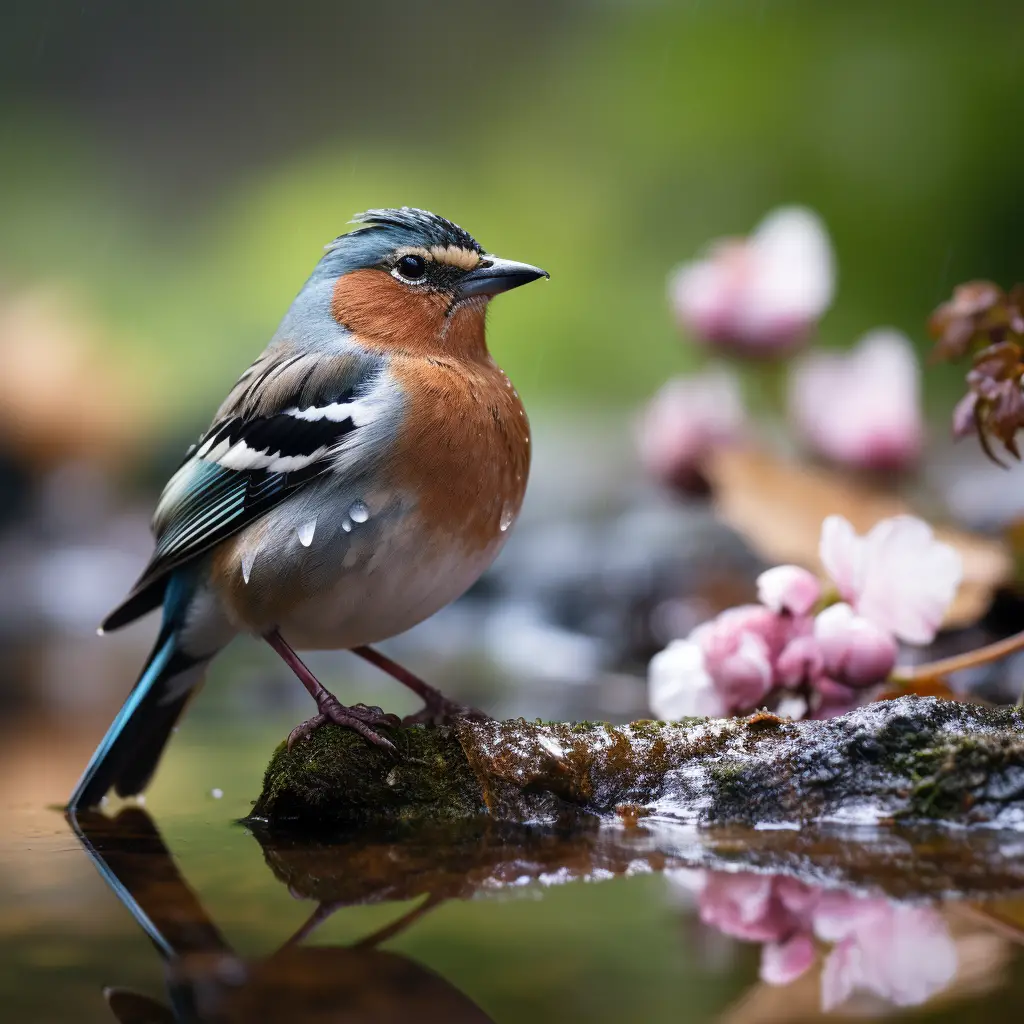
Squirrels are a common sight in gardens and parks all over the world. These small, furry creatures are known for their playful antics and cute appearance. However, they also have their fair share of predators in the wild. One of their most common predators is the owl. But are squirrels really afraid of owls? In this article, we’ll explore the relationship between squirrels and their natural predator.
Understanding Squirrel Behavior
Before we delve into the relationship between squirrels and owls, it’s important to understand the behavior of squirrels. Squirrels are diurnal creatures, which means they are most active during the day. They are also incredibly agile, with the ability to climb trees, run along branches, and even jump from tree to tree.
Squirrels are omnivores, which means they eat both plants and animals. Their diet primarily consists of nuts, seeds, and fruits. They also eat insects, small animals like mice, and occasionally bird eggs.
Squirrels have a natural instinct to avoid predators, and they are often able to spot an owl before it spots them. When they detect the presence of an owl, squirrels may freeze and remain motionless, climb to higher branches, or move to another location. Squirrels are aware of the danger that owls pose, so they will try to avoid them whenever possible.
Squirrel and Owl Species
There are many different species of squirrels and owls, each with its own unique characteristics. Some squirrels, like the gray squirrel, are more vulnerable to predators than others. Similarly, some species of owls, such as the great horned owl, are more effective hunters than others.
In general, most squirrels are vulnerable to owl attacks. Owls are natural predators of squirrels, and they are incredibly effective hunters. They are able to catch prey in complete darkness, and they use their sharp talons to grab their prey and carry it away.
Squirrel Defense Mechanisms
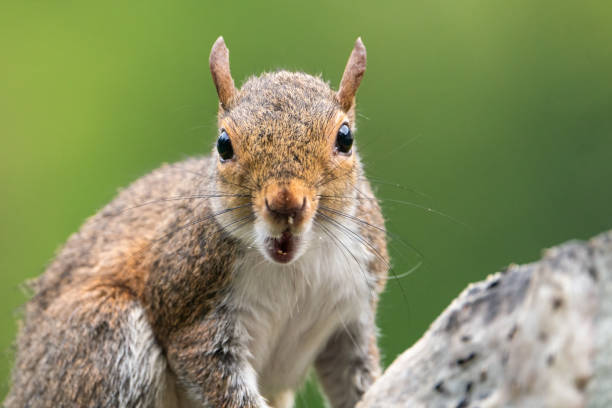
Squirrels have several defense mechanisms that they can use to protect themselves from predators like owls. One common defense mechanism is to stay still and blend in with their surroundings. Squirrels can also use their agility and speed to escape danger by quickly moving to another location.
Another defense mechanism that squirrels use is to create decoys. Ground squirrels, for example, will create decoy burrows to trick predators into attacking a false location. Some squirrels may also use their tails to distract predators by waving them around, which can confuse and disorient the predator.
In addition to these defense mechanisms, squirrels may also live in groups to increase their chances of survival. By living in groups, squirrels can watch out for each other and warn each other of potential danger.
Owls as Squirrel Predators
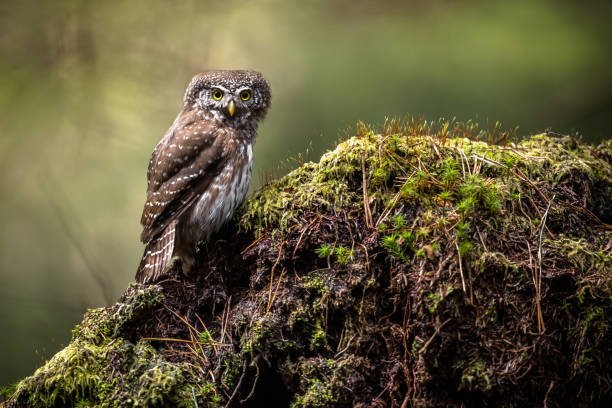
Owls are natural predators of squirrels, and they are incredibly effective hunters. Owls hunt by swooping down from above and grabbing their prey with their talons. They are most active at night, which is when they hunt.
Owls have incredible hearing and sight, which makes them effective hunters. They are able to locate prey in complete darkness, and they can see prey from great distances.
While owls are effective hunters, they are not always successful in catching squirrels. Squirrels have a natural instinct to avoid predators, and they are often able to escape danger by quickly climbing trees and navigating through branches.
Do Squirrels Fear Owls?
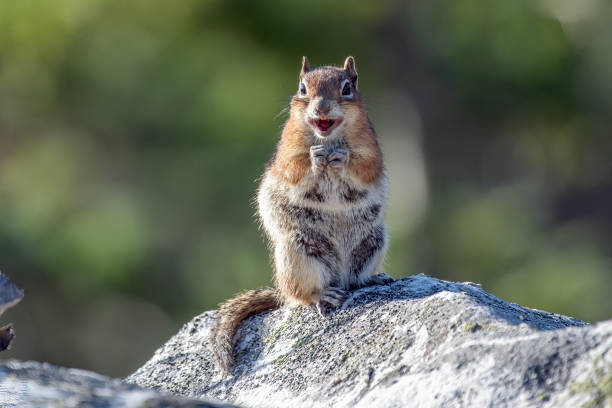
While squirrels may not be afraid of owls per se, they are certainly aware of the danger that owls pose. Squirrels have a natural instinct to avoid predators, and they are often able to spot
While squirrels may not be afraid of owls per se, it is clear that they are aware of the danger that these predators pose. In fact, their natural instincts and keen senses often allow them to detect owls before they are detected. This awareness can help them avoid becoming prey, and their ability to climb trees and navigate through branches quickly is another defense mechanism that helps them escape danger.
That being said, squirrels are not invincible, and their vulnerability to owl attacks increases when they are on the ground searching for food. In addition, some species of squirrels, like the gray squirrel, are more vulnerable to predators than others.
Similarly, some species of owls, such as the great horned owl, are more effective hunters than others. Nevertheless, in general, most squirrels are vulnerable to owl attacks.
Squirrels may exhibit various responses when they detect the presence of an owl. Some squirrels may freeze and remain motionless, while others may climb to higher branches or move to another location. They are aware of the danger that owls pose, and they will do their best to avoid them whenever possible.
If a squirrel is caught off guard by an owl, it may emit a loud alarm call to alert other squirrels in the area. This call can also serve to warn other animals of the predator’s presence.
Squirrels have several defense mechanisms that they can use to protect themselves from predators like owls. One common defense mechanism is to stay still and blend in with their surroundings. Squirrels can also use their agility and speed to escape danger by quickly moving to another location.
Another defense mechanism that squirrels use is to create decoys. Ground squirrels, for example, will create decoy burrows to trick predators into attacking a false location. Some squirrels may also use their tails to distract predators by waving them around, which can confuse and disorient the predator.
In addition to these defense mechanisms, squirrels may also live in groups to increase their chances of survival. By living in groups, squirrels can watch out for each other and warn each other of potential danger.
If you are looking for a humane way to keep squirrels out of your garden or bird feeder, owl decoys could be the answer. By creating the illusion of a predator in the area, squirrels are less likely to stick around. There are a few different types of owl decoys available, each with its own benefits and drawbacks.
Static decoys are stationary and don’t move. They’re easy to use and often less expensive than other types of decoys. However, they may not be as effective as decoys with moving parts.
Decoys with a head that moves have a head that moves with the wind or uses a motor. They’re more realistic than static decoys and can be more effective at scaring away squirrels. However, they’re often more expensive and may require more maintenance.
Owl kites are designed to look like flying owls. They’re often used to scare away birds, but they can also be effective at deterring squirrels. However, they can be more difficult to set up and may not work as well in areas with little wind.
To get the most out of your owl decoy, move it around every few days to create the illusion of a real predator. Use multiple decoys in different areas of your garden or yard to increase the effectiveness of your decoys. Keep the decoy clean regularly to keep it looking realistic. You can also combine owl decoys with other deterrents, such as motion-activated sprinklers or ultrasonic devices, for even better results.
In conclusion, squirrels are aware of the danger that owls pose, and while they may not be afraid of them per se, they certainly try to avoid them.
Why Do Owls Hunt Squirrels?
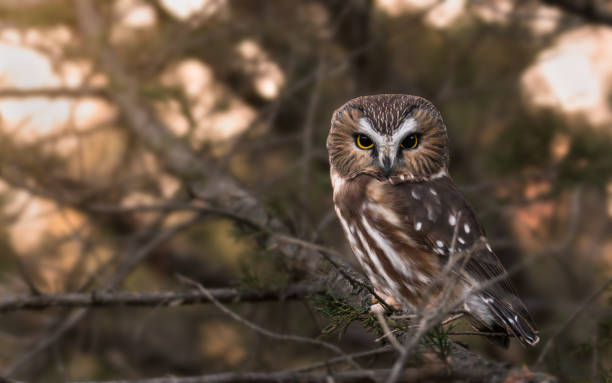
Owls are opportunistic predators and will prey on any animal that is available to them. However, squirrels are a common prey item for many species of owls because they are active during the same times of day.
Additionally, squirrels are relatively easy to catch when they are on the ground searching for food. Since squirrels are a high-energy food source, owls are often able to capture multiple squirrels in a single hunting session.
Furthermore, squirrels can be a threat to some bird species as they will eat bird eggs and young birds. By hunting squirrels, owls help to control the squirrel population, which in turn can help protect bird populations.
Squirrel and Owl Interactions in Urban Areas
Squirrels and owls are common in urban areas, and their interactions can be fascinating to observe. In urban areas, squirrels often build their nests in trees, while owls may build their nests in the same trees or nearby.
While squirrels and owls may live in close proximity to each other, they still exhibit the same predator-prey relationship as they do in the wild.
However, in urban areas, squirrels have access to a wide variety of food sources, which may reduce their vulnerability to owl attacks.
In addition to natural predators like owls, squirrels in urban areas also face human-made threats, such as cars and buildings. Therefore, urban squirrels may exhibit different behavior patterns than their wild counterparts.
How to Coexist with Squirrels and Owls
If you want to coexist with squirrels and owls in your garden or backyard, there are a few things you can do to create a safe environment for both animals.
First, provide plenty of food sources for squirrels to reduce their need to forage on the ground. This can include bird feeders and squirrel feeders.
Second, plant trees and shrubs that provide cover for squirrels and owls. This can include evergreens, which provide year-round cover, and deciduous trees, which provide cover during the warmer months.
Third, create nesting boxes for both squirrels and owls. Nesting boxes can provide a safe place for both animals to raise their young.
Fourth, avoid using pesticides and herbicides in your garden. These chemicals can be harmful to both squirrels and owls, as well as other wildlife.
Finally, if you want to deter squirrels from your garden or bird feeder, consider using humane deterrents like owl decoys or motion-activated sprinklers.
In conclusion, while squirrels may not be afraid of owls, they are certainly aware of the danger that owls pose. Owls are natural predators of squirrels, and they are incredibly effective hunters. However, squirrels have several defense mechanisms that they can use to protect themselves, including their agility and speed, their ability to blend in with their surroundings, and their use of decoys.
By understanding the relationship between squirrels and owls and taking steps to create a safe environment for both animals, you can coexist with these fascinating creatures in your garden or backyard.
In addition to being aware of the potential danger of owls, squirrels have developed several defense mechanisms to protect themselves from predators. One such mechanism is to stay still and blend in with their surroundings. Squirrels can also use their agility and speed to escape danger by quickly moving to another location.
Another defense mechanism that squirrels use is to create decoys. Ground squirrels, for example, will create decoy burrows to trick predators into attacking a false location. Some squirrels may also use their tails to distract predators by waving them around, which can confuse and disorient the predator.
Furthermore, squirrels may also live in groups to increase their chances of survival. By living in groups, squirrels can watch out for each other and warn each other of potential danger. This is especially important for young squirrels who are more vulnerable to predators than adult squirrels.
So, are squirrels afraid of owls? Based on the research conducted, it is safe to say that squirrels are aware of the potential danger that owls pose and have developed several defense mechanisms to protect themselves from becoming prey. While squirrels may not necessarily be afraid of owls, they certainly exhibit fear behaviors when they detect the presence of owls.
How to Use Owl Decoys to Deter Squirrels

If you’re looking for a humane way to keep squirrels out of your garden or bird feeder, owl decoys could be the answer. By creating the illusion of a predator in the area, squirrels are less likely to stick around. Here’s how to use owl decoys to deter squirrels:
Types of Owl Decoys
There are a few different types of owl decoys available, each with its own benefits and drawbacks:
Static Decoys: These decoys are stationary and don’t move. They’re easy to use and often less expensive than other types of decoys. However, they may not be as effective as decoys with moving parts.
Decoys with a Head that Moves: These decoys have a head that moves with the wind or using a motor. They’re more realistic than static decoys and can be more effective at scaring away squirrels. However, they’re often more expensive and may require more maintenance.
Owl Kites: These decoys are designed to look like a flying owl. They’re often used to scare away birds, but they can also be effective at deterring squirrels. However, they can be more difficult to set up and may not work as well in areas with little wind.
Best Practices for Using Owl Decoys
To get the most out of your owl decoy, here are some best practices to keep in mind:
Move the Decoy Around: Squirrels are smart and may eventually figure out that the decoy isn’t a real owl. To prevent this, move the decoy around every few days to create the illusion of a real predator.
Use Multiple Decoys: To increase the effectiveness of your decoys, use multiple decoys in different areas of your garden or yard.
Keep the Decoy Clean: Over time, the decoy may become dirty or faded, which can reduce its effectiveness. Clean the decoy regularly to keep it looking realistic.
Combine with Other Deterrents: While owl decoys can be effective on their own, they may work even better when combined with other deterrents, such as motion-activated sprinklers or ultrasonic devices.
Overall, owl decoys can be an effective way to deter squirrels from your garden or bird feeder. By choosing the right type of decoy and following best practices for use, you can create a predator-free environment that’s safe for both your plants and wildlife.
Conclusion
In conclusion, squirrels are aware of the potential danger that owls pose and have developed various defense mechanisms to protect themselves from becoming prey. While they may not necessarily be afraid of owls, they exhibit fear behaviors when they detect the presence of owls. Owl decoys can be a humane and effective way to keep squirrels out of your garden or bird feeder. By choosing the right type of decoy, moving it around, using multiple decoys, keeping it clean, and combining it with other deterrents, you can create a predator-free environment that is safe for both your plants and wildlife.



